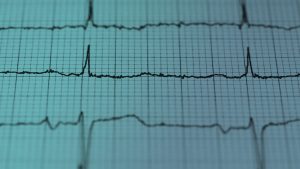
We aimed to assess the functionality of all registered AEDs in a geographically selected area and calculate the proportion of historical out-of-hospital cardiac arrests (OHCAs) covered by non-functioning AEDs.
Methods: In this cross-sectional study we inspected all registered and available AEDs on the island of Bornholm in Denmark. We collected information on battery status (determined by AED self-test) and electrode status, as well as AED availability. We identified all historical OHCAs registered with the Danish Cardiac Arrest Registry on Bornholm during 2016-2019 and calculated the proportion of OHCAs covered by an AED (regardless of functionality status) within ≤100, ≤750, and ≤1800 meters and the proportion of OHCAs covered by non-functioning AEDs.
Results: Of 211 registered AEDs, 181 (81.9%) were publicly accessible and functional. The remaining 40 (18.1%) were not functional, primarily due to expired electrodes (42.5%, n=17), obstacles to AED retrieval (20.0%, n=8) or failed self-tests (17.5%, n=7). Of 197 historical OHCAs, non-functional AEDs resulted in an OHCA coverage loss of 5.6%, 4.1% and 1.0 % for ≤100 m, ≤750 m and ≤1800 m, respectively.
Conclusion: Almost one-fifth of all registered and publicly available AEDs were not functional, primarily due to expired electrodes, failed self-tests or obstacles to retrieving AEDs. One in twenty historical OHCA was covered by a non-functional AED. Although general AED functionality was high, this finding underlines the importance of regular AED maintenance.






